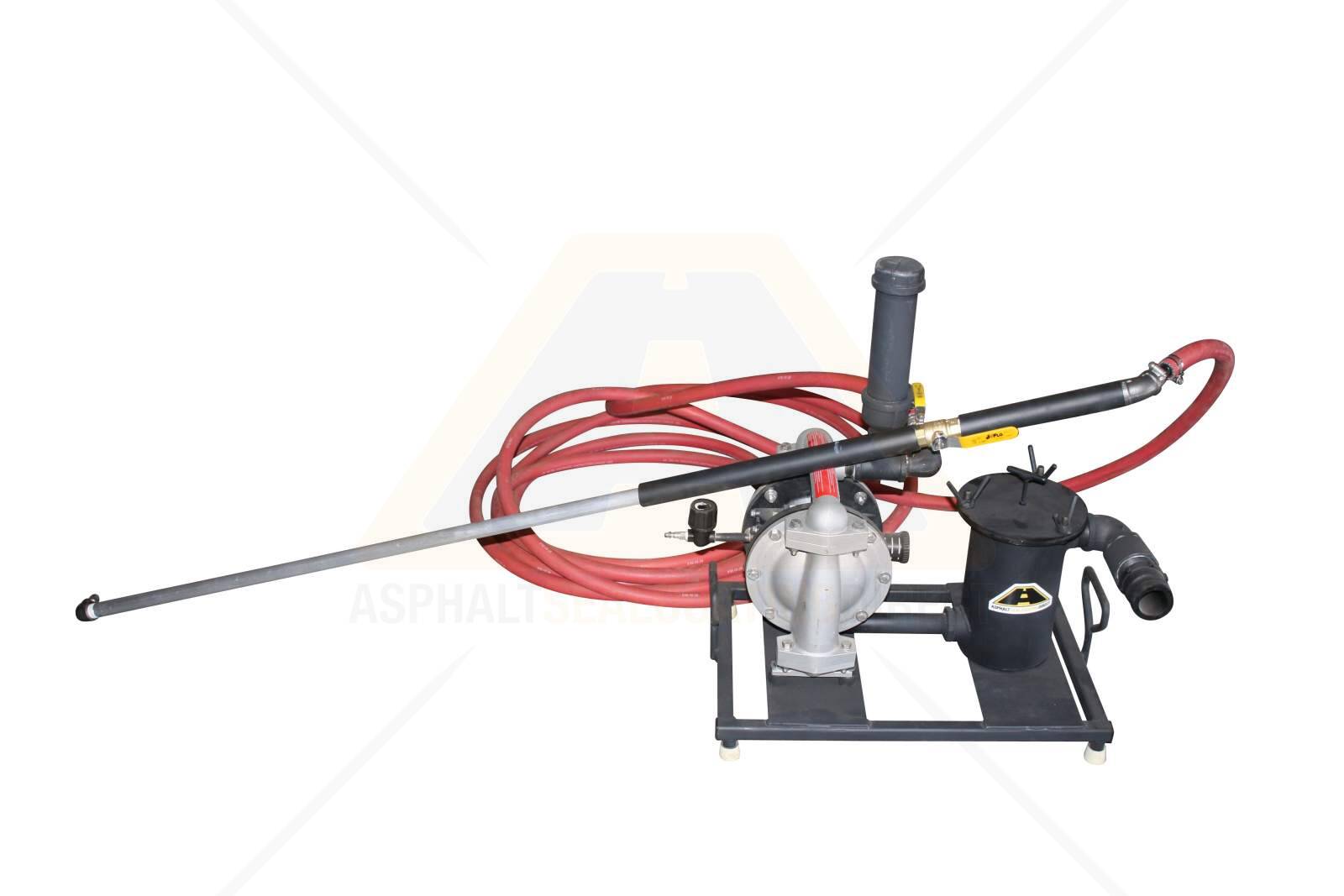Release the Potential: Regrading and Asphalt Sealing for Business Areas
Hot Mix Asphalt: A Lasting Option for Pavement
Warm Mix Asphalt (HMA) has actually arised as a leading sustainable option for sidewalk services, using a myriad of ecological benefits and cutting-edge innovations. As the demand for environmentally friendly building methods grows, exploring the nuances of HMA's sustainability can offer valuable understandings into the future of sidewalk remedies.
Ecological Advantages of Warm Mix Asphalt

In Addition, Warm Mix Asphalt assists to mitigate metropolitan heat island effects. Its dark color soaks up sunlight, reducing the quantity of heat mirrored back into the atmosphere compared to lighter-colored pavements. This can reduce ambient temperature levels in city areas, decreasing the demand for air conditioning and inevitably decreasing power intake.
In enhancement, Hot Mix Asphalt adds to enhanced stormwater administration. Its permeable nature enables water to charge and penetrate the sidewalk groundwater supplies, minimizing drainage and the danger of flooding. These ecological benefits make Warm Mix Asphalt a lasting option for leading roads and highways.
Power Performance in HMA Manufacturing
Is power efficiency a crucial factor in the manufacturing of Hot Mix Asphalt (HMA)? Energy plays a substantial function in the production of HMA, affecting both cost and environmental sustainability. One crucial aspect of energy efficiency in HMA manufacturing is the use of warm mix asphalt (WMA) modern technologies.
Moreover, developments in plant modern technologies have led to more energy-efficient HMA production procedures. Modern plants are developed with features like recycled asphalt pavement (RAP) handling capacities, effective heater systems, and improved insulation, all adding to power cost savings. By optimizing energy usage in HMA production, the market can minimize its carbon impact while maintaining high-quality pavement products. Energy efficiency is, for that reason, an essential factor to consider in making certain the sustainability of Warm Mix Asphalt production.
Recyclability of Hot Mix Asphalt
The recyclability of Hot Mix Asphalt (HMA) is an essential element of its sustainability and lasting ecological influence. HMA is just one of the most recycled products in the United States, with over 100 million lots of recovered asphalt sidewalk (RAP) being reused each year in new pavement building and construction. Recycling HMA supplies several environmental benefits, such as decreasing the need for virgin materials, reducing energy consumption during production, and decreasing the amount of waste sent to landfills.
The process of recycling HMA entails crushing the existing sidewalk, crushing it into smaller items, and mixing it with new accumulation and asphalt binder to produce a recycled mix. This recycled mix can frequently perform as well as or perhaps much better than conventional HMA, while calling for fewer raw materials and great post to read creating reduced greenhouse gas discharges. By including RAP into new pavement projects, roadway agencies can save natural deposits, reduce costs, and decrease the environmental footprint of roadway building and maintenance tasks. Generally, the recyclability of HMA plays a substantial duty in promoting sustainable techniques within the sidewalk sector.

Long-Term Performance of HMA
Asphalt pavements demonstrate sturdiness and strength over an extensive duration, showing the long-lasting efficiency of Hot Mix Asphalt (HMA) Additionally, developments in HMA innovation, such as the use of polymer-modified binders and cozy mix asphalt, have actually even more enhanced the find longevity and long life of HMA sidewalks. By prioritizing top quality construction and upkeep techniques, HMA proceeds to verify itself as a cost-efficient and sustainable service for lasting pavement framework.

HMA: Durability and Sustainability
Demonstrating both sturdiness and sustainability, Hot Mix Asphalt (HMA) has become a keystone in the construction of long-lasting pavement frameworks - angled parking. HMA's toughness originates from its capacity to withstand heavy lots, extreme weather problems, and high web traffic quantities, making it a reliable option for roads, highways, and flight terminal runways. The structure of HMA, which typically consists of accumulations, binder, and filler, plays a crucial duty in boosting its longevity and resistance to tear and use
Moreover, HMA's sustainability depends on its recyclability and energy-efficient production procedure. The capacity to recycle reclaimed asphalt sidewalk (RAP) in brand-new HMA mixes decreases the need for virgin products and minimizes the environmental influence of sidewalk building and construction and maintenance. Furthermore, the energy efficiency of generating HMA lies in its lower mixing temperatures contrasted to other sidewalk products, causing decreased energy consumption and greenhouse gas exhausts.
Verdict
In verdict, warm mix asphalt (HMA) supplies a lasting remedy for pavement with its ecologically pleasant attributes. HMA's recyclability, power performance in manufacturing, and lasting toughness make it an environment-friendly selection for roadway building and construction. By preserving natural resources, lowering waste, and lowering greenhouse gas exhausts, HMA plays an important role in promoting sustainability in infrastructure development. Its ability to mitigate urban warm island results further highlights its relevance in creating environmentally conscious and resistant sidewalk systems.
HMA is one of the most recycled materials in the United States, with over 100 million heaps of reclaimed asphalt pavement (RAP) being recycled every year web in brand-new sidewalk building.The process of recycling HMA entails crushing the existing sidewalk, squashing it right into smaller sized items, and mixing it with new aggregate and asphalt binder to produce a recycled mix.Asphalt pavements show sturdiness and durability over a prolonged period, reflecting the long-lasting efficiency of Warm Mix Asphalt (HMA) Furthermore, innovations in HMA innovation, such as the use of polymer-modified binders and cozy mix asphalt, have further improved the sturdiness and durability of HMA sidewalks. The capacity to reuse recovered asphalt sidewalk (RAP) in brand-new HMA mixes decreases the need for virgin materials and decreases the environmental impact of pavement building and construction and maintenance.